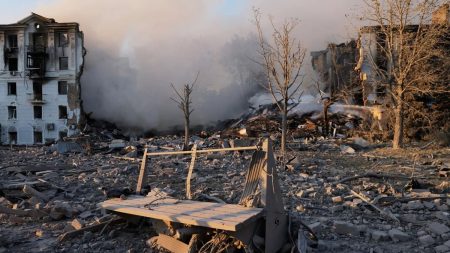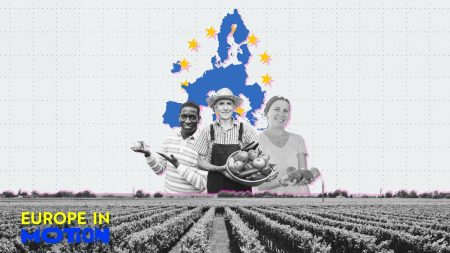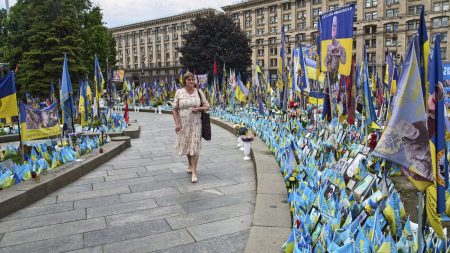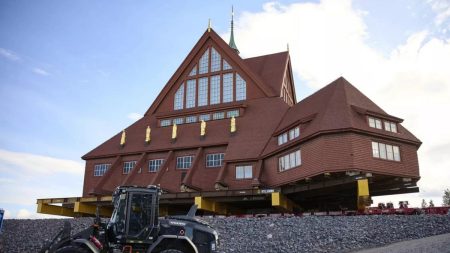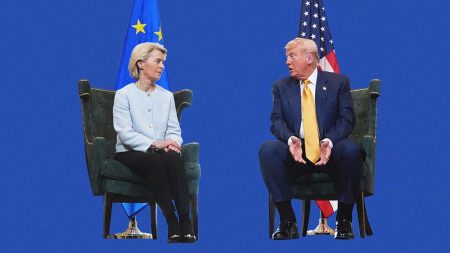The European Union’s sparkling wine industry experienced a noticeable downturn in 2023, marked by an 8% decrease in both production and exports. This decline, impacting a celebratory staple often associated with festive occasions like New Year’s Eve, is largely attributed to the adverse effects of extreme weather conditions on vineyards across the continent. While the demand for sparkling wine remains strong, the supply has been constrained, resulting in fewer bottles available for consumers. This scarcity underscores the vulnerability of the wine industry to climate change and its associated weather patterns.
Italy maintained its position as the leading producer of sparkling wine within the EU, accounting for 638 million litres, despite experiencing a decline in production. France followed with 312 million litres, and Germany came in third with 263 million litres. This production hierarchy reflects the established dominance of these countries in the European sparkling wine market. However, the overall decrease in production across the EU highlights the widespread impact of challenging weather conditions, regardless of a region’s historical production capacity. The impact of climate change resonates across borders, affecting vineyards in various regions.
In terms of exports, the EU witnessed an 8% drop, shipping 600 million litres of sparkling wine to countries outside the bloc. Interestingly, despite the overall decline, Italy’s Prosecco emerged as the top export, commanding nearly half of the EU’s sparkling wine export market. This strong performance of Prosecco demonstrates its growing popularity and market penetration on a global scale. Trailing behind Prosecco were other categories of sparkling wine from fresh grapes, French Champagne, and Spanish Cava, each holding significant but smaller shares of the export market. The EU’s imports of sparkling wine remained negligible, accounting for less than 1% of its exports, indicating a strong internal market and limited reliance on external sources.
The decrease in sparkling wine production is largely attributed to the escalating effects of climate change on viticulture. Extreme weather events like heavy rains, droughts, and powerful storms are increasingly impacting vineyard yields and grape quality. These unpredictable weather patterns disrupt the delicate balance required for optimal grape cultivation, resulting in lower production volumes and potentially affecting the taste profile of the final product. In Italy, these challenges are particularly pronounced, with extreme weather and soil degradation contributing to declining grape yields and posing a significant threat to the future of Prosecco production. Projections indicate a potential decrease in Prosecco production by as much as a fifth, raising concerns about the long-term viability of this popular sparkling wine.
Spain’s Cava production is also facing significant challenges due to severe droughts plaguing the Catalonia region, a primary area for Cava grape cultivation. While producers maintain a cautious optimism for improved rainfall in 2025, the persistent water scarcity underscores the need for proactive measures to mitigate the impact of future droughts. Leading Cava companies are urging the Spanish government to implement sustainable solutions, including irrigation schemes, to safeguard the future of Cava production. The chronic water shortages necessitate long-term strategies to ensure the continued viability of this important sector of the Spanish economy.
In response to the escalating water crisis, the regional government of Catalonia has unveiled a substantial investment plan of €2.3 billion, earmarked for implementation by 2040. This comprehensive plan encompasses a range of initiatives, including the construction of a €200 million seawater desalination plant on the Costa Brava. This significant investment reflects the urgency of addressing the water scarcity issue and the commitment to securing a sustainable water supply for the region. However, the success of this ambitious plan hinges on securing financial support from the Spanish government, highlighting the need for collaborative efforts between regional and national authorities to tackle this critical challenge. The future of sparkling wine production, both in Spain and across the EU, will depend on such strategic investments and adaptive measures to mitigate the escalating impacts of climate change.





